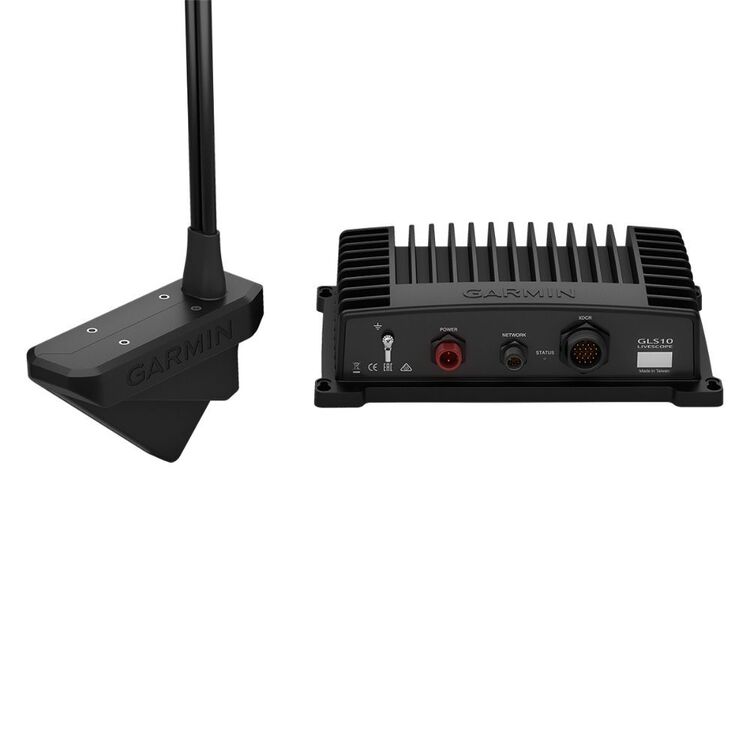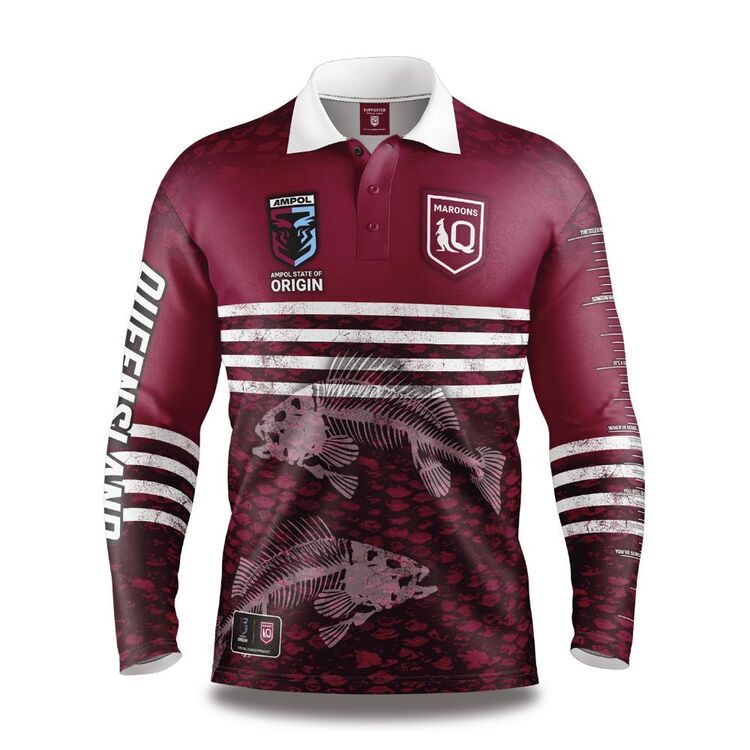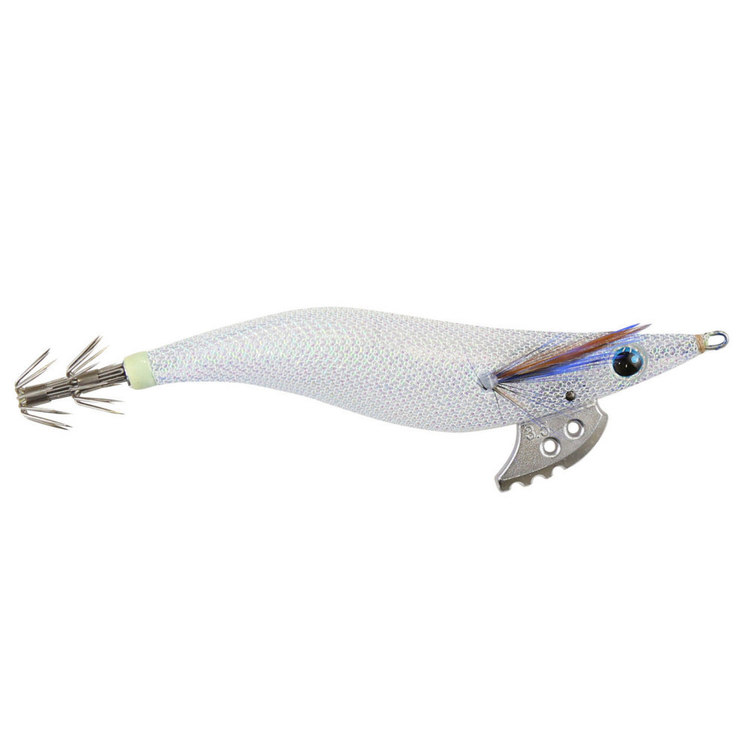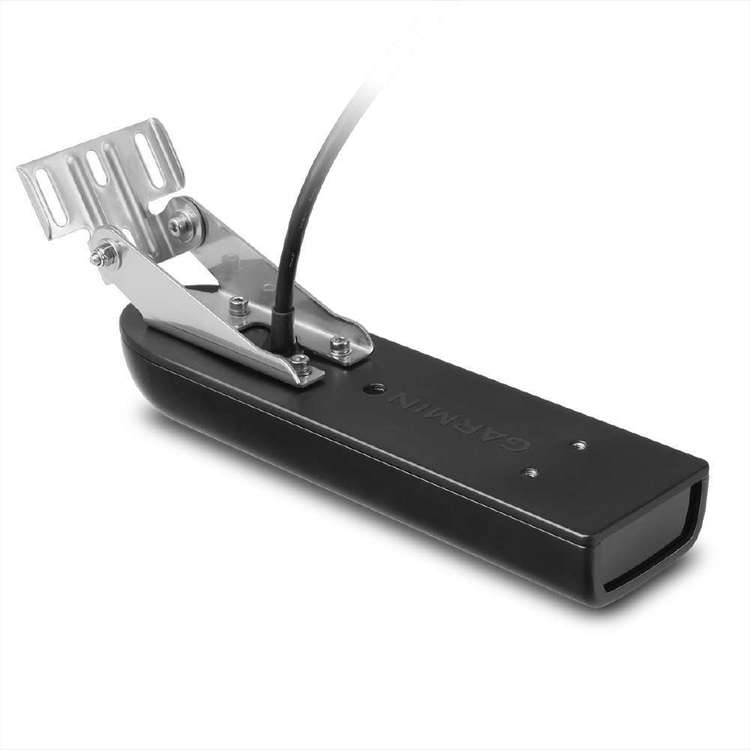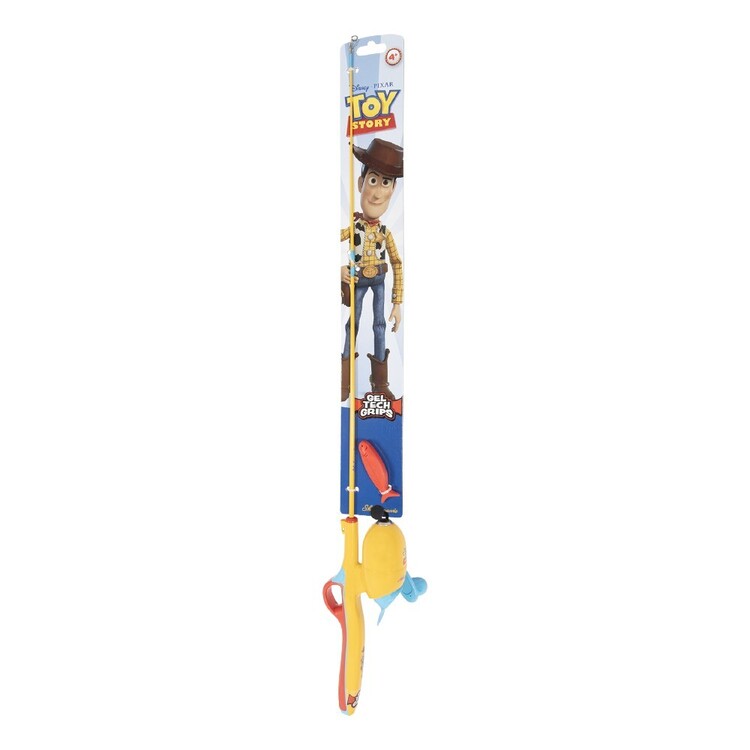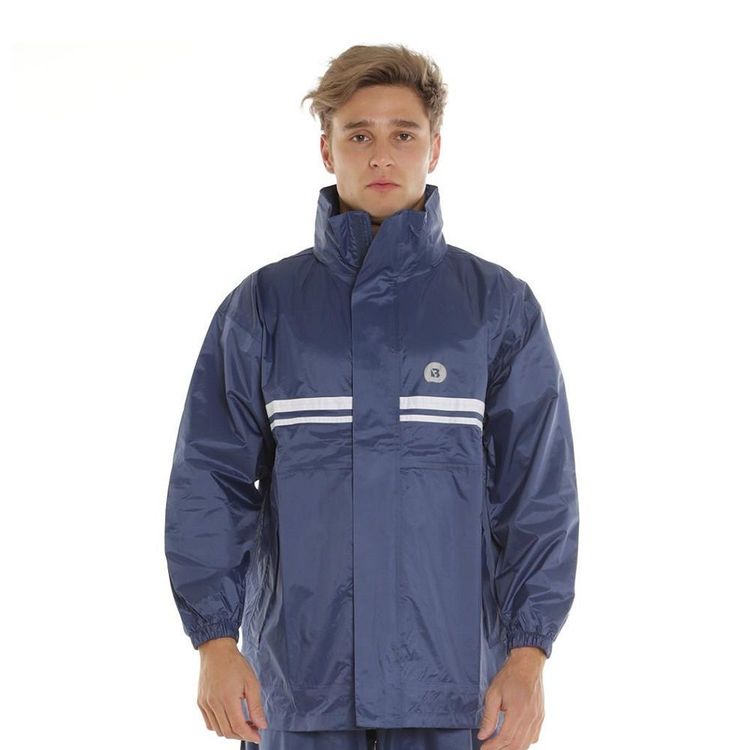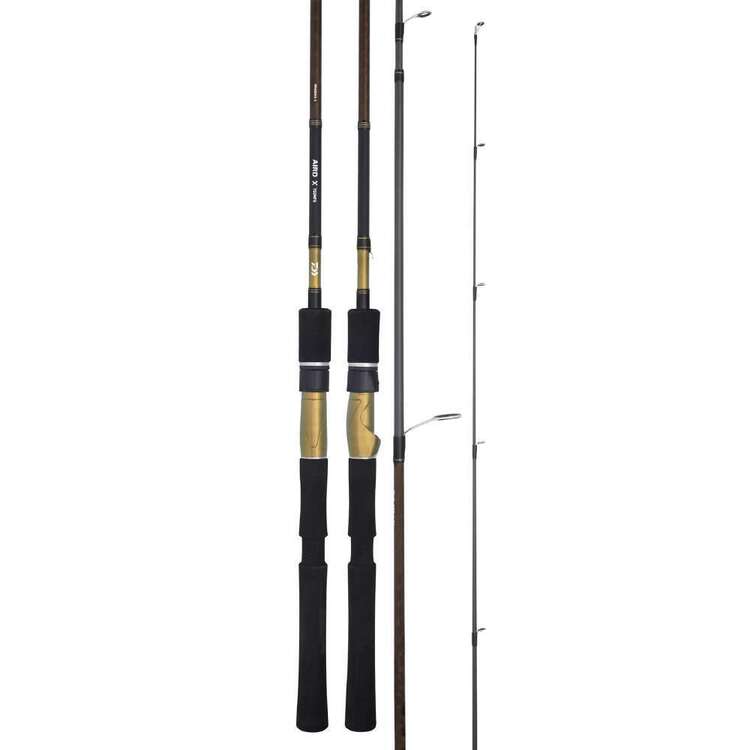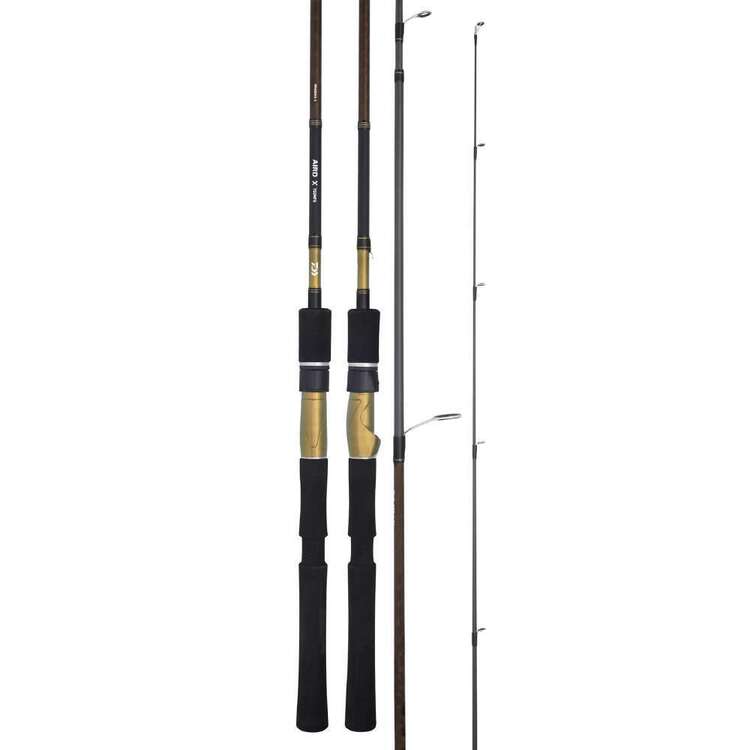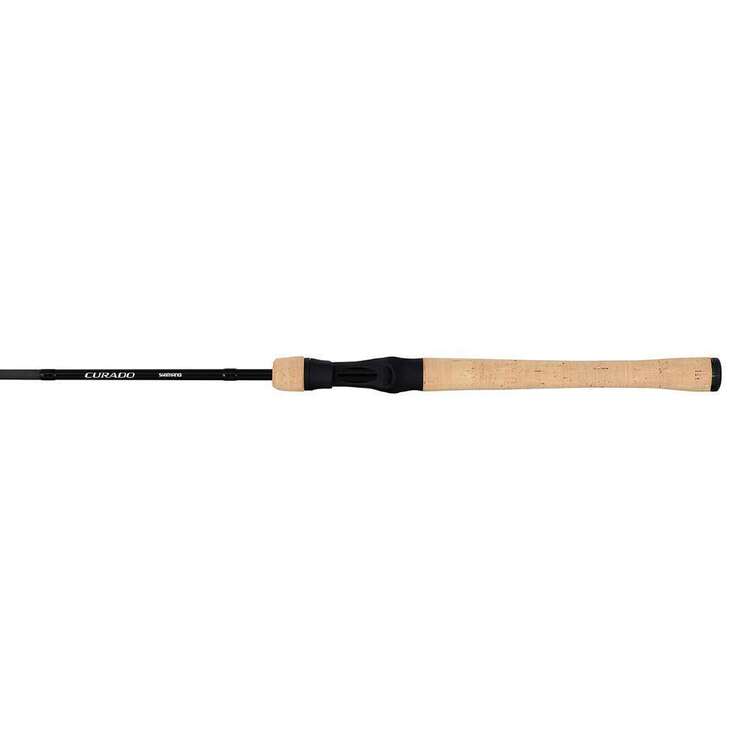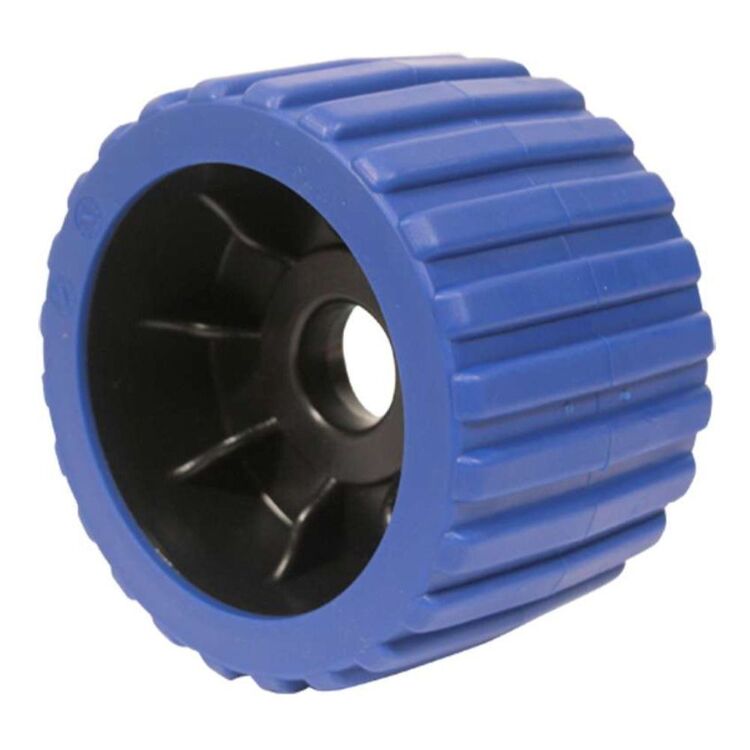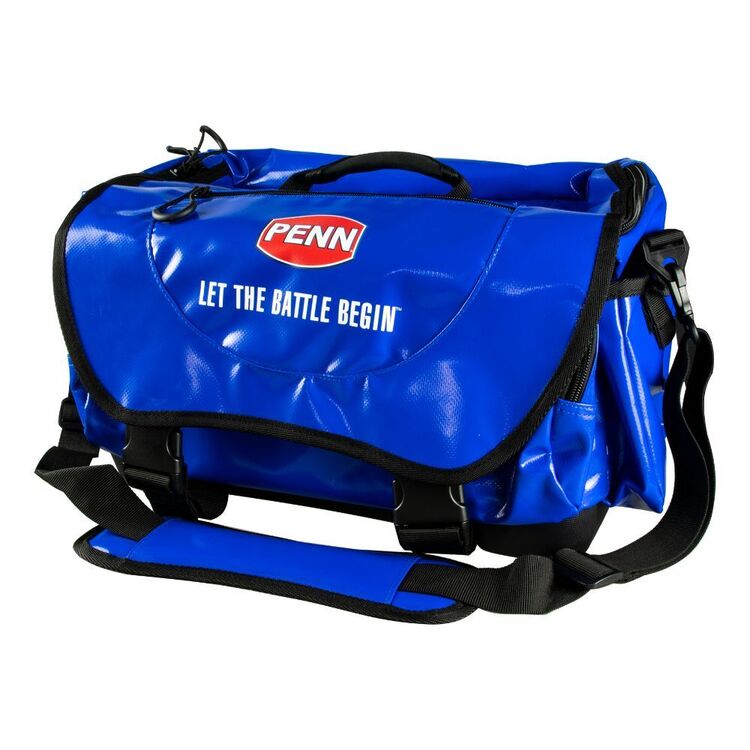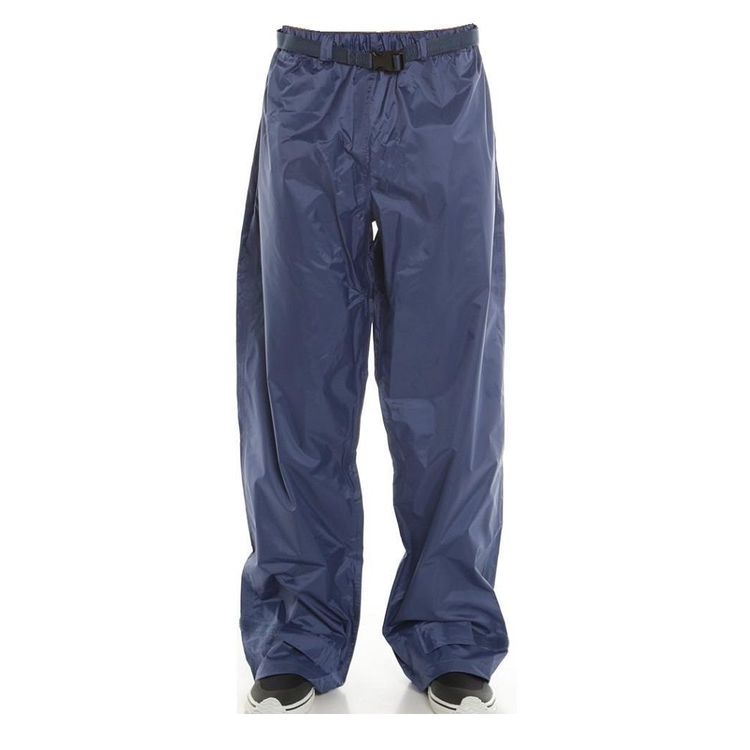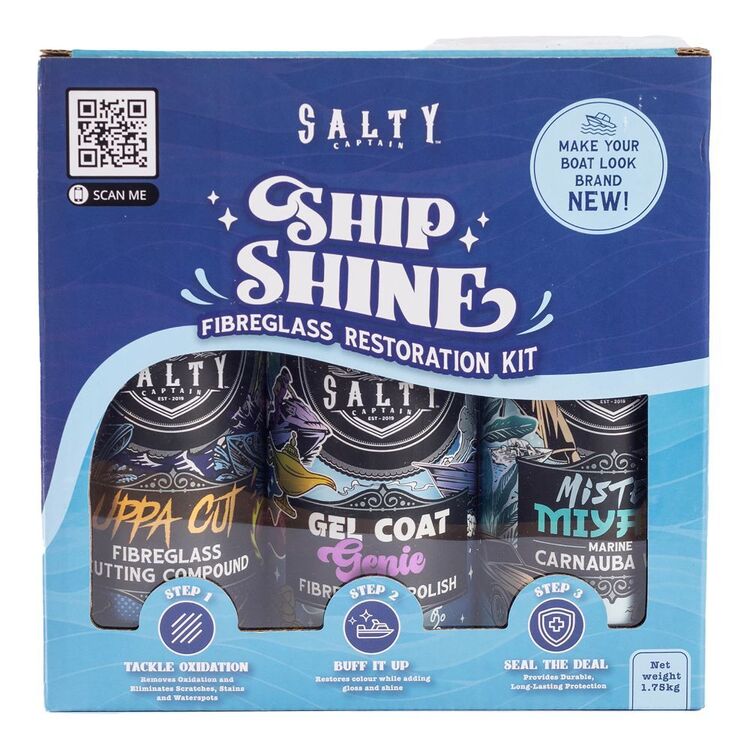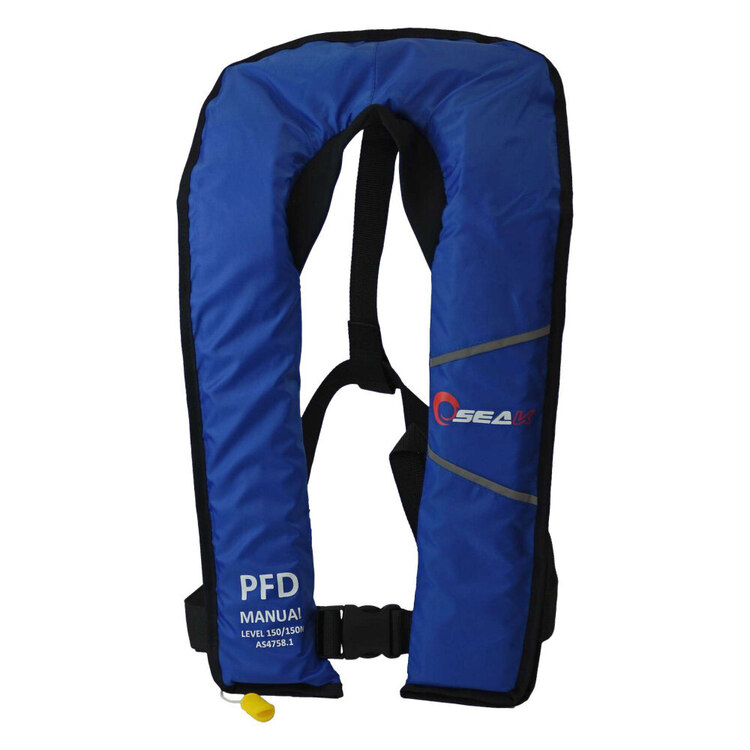| Your browser is not supported. | ||
|
Please browse our site using any of the following options:
| ||
Fishing
Shop our fishing range. We stock a huge range of rods, reels & combos as well as line, lures, floats, rigs, jigs & hooks. Get your fishing gear at Anaconda!
241 items found.
Anaconda is Your One Store Fishing Shop For the Best Fishing Gear
For serious anglers and beginners alike, Anaconda has the best range of fishing equipment at prices you'll love. Featuring leading brands and the latest products, Anaconda is your one-stop fishing shop for everything you need for your next fishing adventure. Discover the vast range of brands including Shimano, Daiwa, PENN and Abu Garcia at prices you won't believe.
Shop Fishing Rods, Reels & Combos Designed For Every Type of Fisho
For experienced anglers and beginners alike, the wide array of fishing rods, reels and combos has something for everyone. Get the kids involved with great kids fishing combos and find the perfect travel fishing rod for your next holiday. Anaconda has it all when it comes to quality fishing gear online.
You'll Love the Massive Selection of Fishing Tackle, Fishing Lures Fishing Tools, Fishing Storage & Marine Essentials
Find amazing fishing tackle and all the accessories you need for a smooth trip. Upgrade your set up and make your fishing experience comfortable with everything you need at Anaconda. Keep your essentials organised with fishing storage solutions including tackle boxes and tackle bags. Shop the selection of marine essentials to maximise your experience and make your boat the best it can be!
Go Out on the Water in Style With Quality Fishing Clothing For the Whole Family
Shop great fishing shirts for men, women and kids from the fishing clothing range at Anaconda. Look stylish and stay protected from the elements when out on the water. Our selection of fishing shirts are designed to be lightweight, breathable, provide sun protection and be comfortable all day. Explore great kids fishing shirts for little anglers and the sublimated fishing polos range will have a design for everyone! Don't forget to shop fishing hats, outdoor shorts and outdoor pants to create a complete outfit ready for adventure!
Shop the Fishing Gear Range Online or In-Store at Anaconda
No matter what you're trying to catch, find a wide range of fishing gear online or at your nearest Anaconda store today. Enjoy some prawning or take on the monster barramundi with fishing gear designed for action. Along with great fishing equipment you can find helpful advice and articles on how to choose the best products and inspiration for your next fishing trip. Discover the fishing articles on our Adventure Centre and explore helpful tips and get expert product reviews: PENN Slammer Braid Review and PENN Fierce IV Spin Reel Review. Gear up for your next fishing trip with great fishing destinations in our articles: the Best Fishing Spots Perth, Best Fishing Spots Adelaide and Best Fishing Spots Brisbane.
